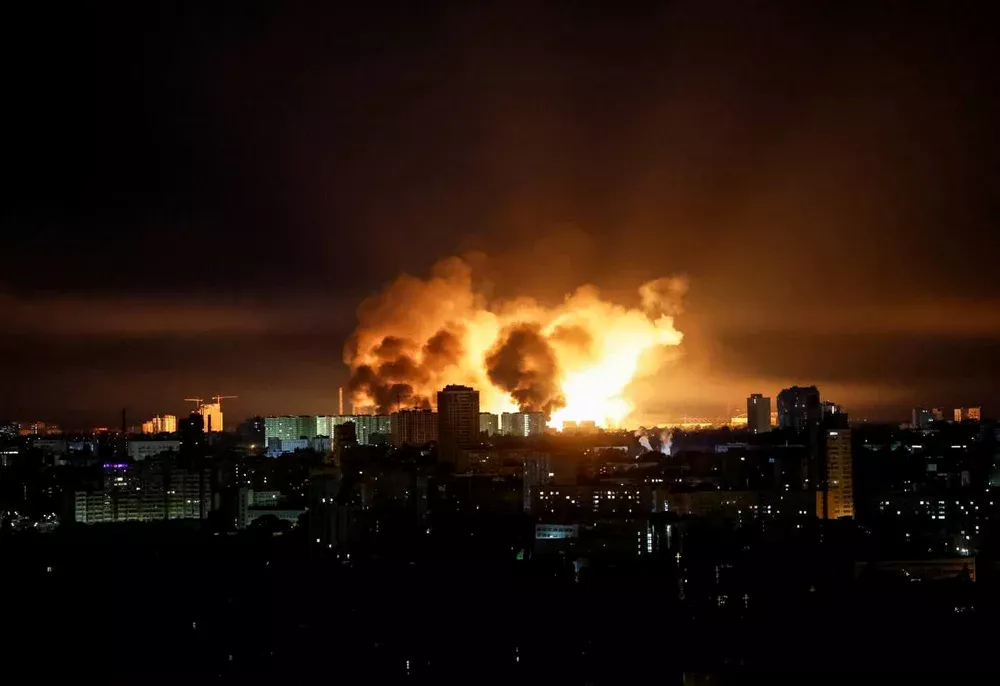The Kremlin’s refusal of an armistice and the recent failure of the peace summit in Budapest outline an increasingly gloomy perspective: the war in Ukraine will continue for years to come, but in a different form than the world has known since 2022.
Vladimir Putin seems convinced that time is working in his favor. In his vision, Russia would slowly but surely exhaust Ukraine’s resources until societal collapse, and a potential “victory” would justify, in the eyes of his own people, the devastation he himself has caused, writes The Wall Street Journal.
For Kiev, however, the moment does not resemble defeat at all. Volodymyr Zelensky would risk internal revolt if he accepted Moscow’s ultimatum: the surrender of key cities in Donbas in exchange for an armistice that would not last anyway.
When drones rewrite the map of war
After three years of fighting, the front line hardly advances anymore. Trench warfare has turned into a war of technologies. Drones – sometimes improvised, sometimes sophisticated – have become the new strategic weapons, capable of changing the balance of power without any soldier crossing the border.
Kiev’s strategy has adapted: in the absence of territorial progress, Ukraine has begun to strike at the vital points of the Russian economy – refineries, fuel depots, energy infrastructure. The target is clear: to dry up the source that fuels the Kremlin’s war machine.
Dozens of Russian refineries have already been destroyed or put out of operation, and the fuel shortage is increasingly acute. American and European sanctions are increasing the pressure.
“Paradoxically, Ukraine’s strategy is a mirror of the Russian one,” explains Ilia Ponomariov, a former Russian deputy who took refuge in Kiev. “Each is trying to provoke the economic collapse of the other – Ukraine hoping to achieve diplomatically what it cannot win on the battlefield.”
A war of attrition, with no end in sight
A former official from Kiev admits that the war could last for many years: “Both sides still have resources. Everything will end either with the collapse of the Russian imperial project or with the disappearance of an independent Ukraine.”
Next January, the Russian invasion will have lasted longer than the entire USSR campaign against Nazi Germany. A bitter historical irony, considering that Putin presented his aggression as a “new Great Victory” against “Ukrainian Nazism”.
The reality, however, is different. Russian troops have stalled on the same front lines since 2022. In almost three years, Russia has only occupied an additional 1% of Ukrainian territory – at an estimated cost of one million dead or wounded soldiers.
Power that becomes vulnerability
What was once Russia’s strategic advantage – the vastness of its territory – has turned into a weakness. “In the time of the tsars, Russia won wars because it could absorb blows without collapsing,” says retired American general Ben Hodges. “Now, when Ukraine can strike thousands of kilometers away, that vastness has become a vulnerability.”
The oil infrastructure, the backbone of the Russian budget, is increasingly exposed. Analyst Tamas Pletser, from Erste Group, estimates that there are 25-30 critical points in western Russia – refineries, pipeline nodes, export ports. “If Ukraine manages to destroy them, Russia is finished,” he says.
But drones, as spectacular as they may be, have a limit. Kiev is also developing its own missile program. Zelensky is insistently asking the United States for Tomahawk missiles – so far without success. “The further we can strike, the more willing Russia will be to end the war,” he asserts.
Read more HERE

